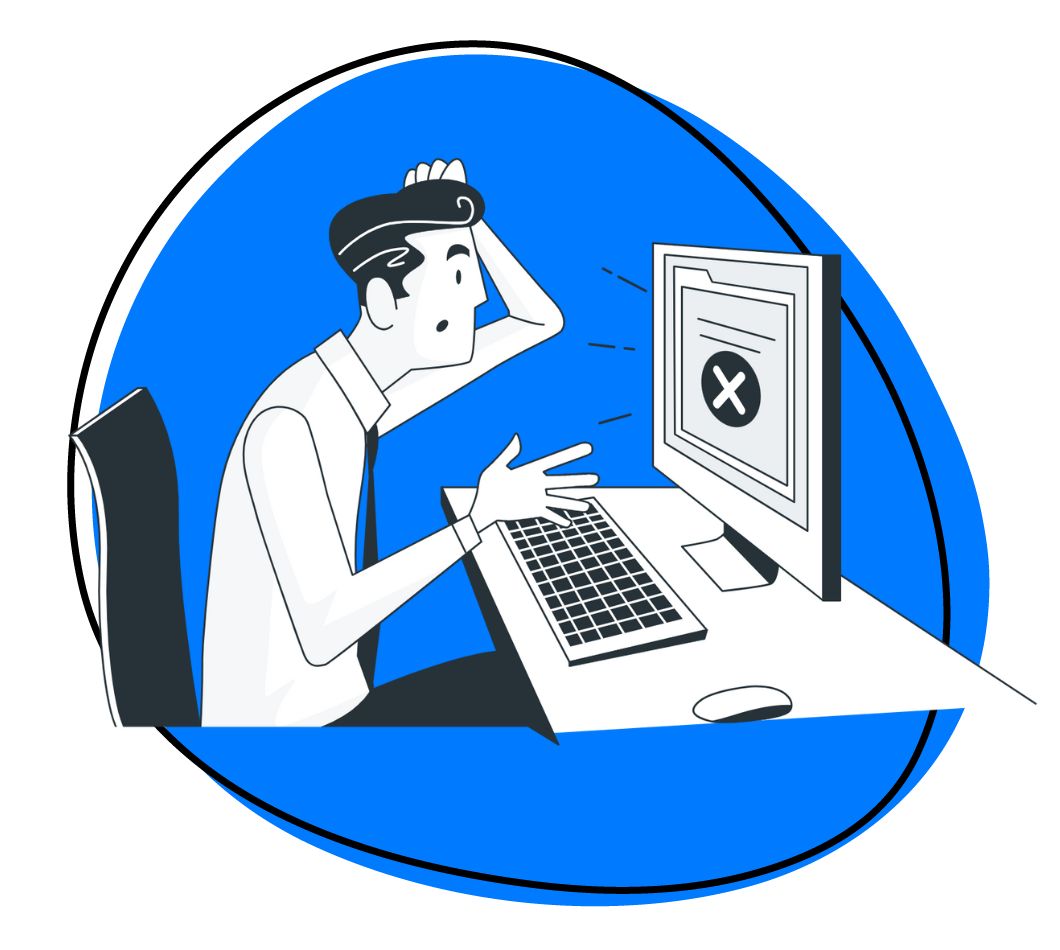Ever sit down at your desk to start an important project and at the exact moment you need to concentrate, your mind goes completely blank?
Numbing out is a major drain on your time and creativity. But it happens. In fact, 87% of employees worldwide feel disengaged at work. So what can you do about it? The first step is to understand what’s really going on when you feel like your brain’s asleep, so you can do what you need to in order to wake it up, and get back on the wagon.
What is “numbing out”?
The scientific term for numbing or zoning out is dissociation. In psychoanalytic theory, it’s considered a defense mechanism.
We’ve all heard of flight or fight, right? But what’s less known is that freezing is another common response to stress, and it’s connected to the same part of the brain responsible for the flight or flight survival mechanism. For kids who grew up in a stressful environment, dissociation is the go-to, since fleeing or fighting aren’t realistic options. Instead, they “freeze”, letting their minds escape the stress by zoning out.
Why it’s dangerous to dissociate
Dissociation might’ve been a great tool for protecting your growing brain from stress, but as an adult, not being emotionally engaged with your environment can be a big risk to your health and productivity. Just imagine driving your car while zoned out. At work, numbing out makes us miss key project details or make careless mistakes without even realizing it. Plus, when you’re in a numbed out state, every project takes at least twice as long as it normally would if you were feeling focused and engaged.
How can you stop numbing out, be more engaged, get work done faster, and stop aimlessly scrolling Facebook when you need to be productive?
Tap Out of It
One of the trickiest thing about dissociation is the way that it comes and goes. You can feel totally engaged one minute, and then see something that triggers your anxiety, and before you know it, you’re “out of it” again.
When this happens, some hard tapping or pinching can help snap you out of it. If you’re at work, head to the bathroom or to a private meeting room and do some firm tapping under your nose and on your chin, underneath your bottom lip. You might also try taking your middle or pointer finger and firmly rubbing the space between your eyes, a.k.a. your third eye, a pressure point used in many Eastern therapies to release stress.
Stop Ruminating
Time is anxiety’s favorite food. Refuse to feed your fears by acknowledging them briefly right when they pop up, then quickly moving on. For example, if you feel a spike in anxiety after receiving an email, don’t dwell on it. Instead, take a minute to intentionally work through the anxiety using good old-fashioned logic.
Ask yourself some clear questions to help the mind stay engaged and on track to a solution. Does this really mean what I think it means? What steps can I take to solve or fix this? Is it really that bad? Sometimes just working through the conversation can make your brain feel like you’ve taken action on the issue, and keep you from wasting more time building it up in your head.
Build Resilience
We’ve talked before about how important it is to understand that stress is a habit. The only way to stop yourself from numbing out is to build new habits that fight and prevent stress.
Mindfulness techniques like meditation, visualization, or even just taking a minute to sit and notice your environment can go a long way in keeping your brain switched on throughout the day — but only if you commit to doing it daily.
Have you experienced dissociation before? What tricks do you use to stay engaged at work, at stop numbing out?
Help a colleague and drop your advice in the comments below!
How can companies prevent numbing out from employees?
To improve employee engagement, companies can look to do these things as suggested by Gallup.
- Employee surveys – consistently try and conduct anonymous surveys and ways for employees to provide feedback. Once you have a baseline you can see if satisfaction improves with new programs you come up with.
- Select good managers – a key for satisfaction and work environment is strong leadership willing to take ownership of a team and provide mentoring when needed.
- Training – current employees crave training and abilities to improve. Providing this will ensure additional satisfaction for those days when the job is a little more slow.
- Defined goals – everyone needs to know from a company, org, team, and individual what they are trying to accomplished. Clear goals will help produce satisfaction and accountability.
Save time with Zight (formerly CloudApp)
The Zight (formerly CloudApp) screen recorder, screenshot tool, and GIFmaker will save you 60 minutes on average every week. Give it a try now for free.
